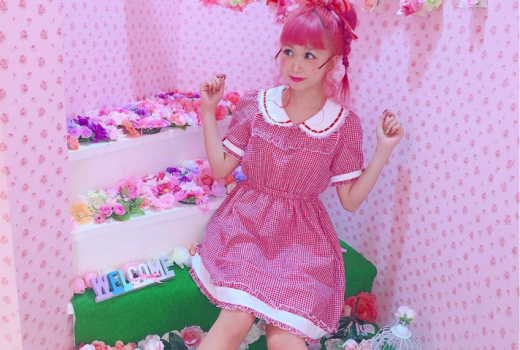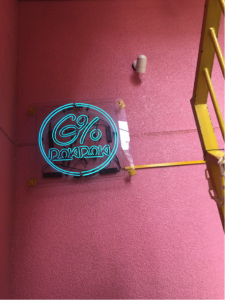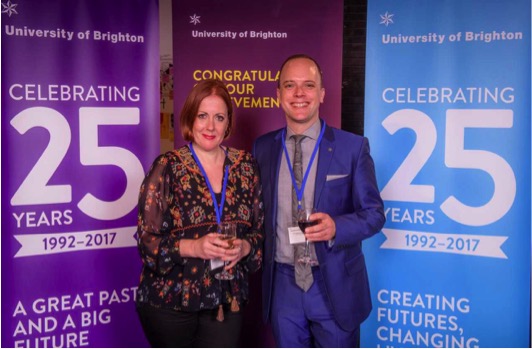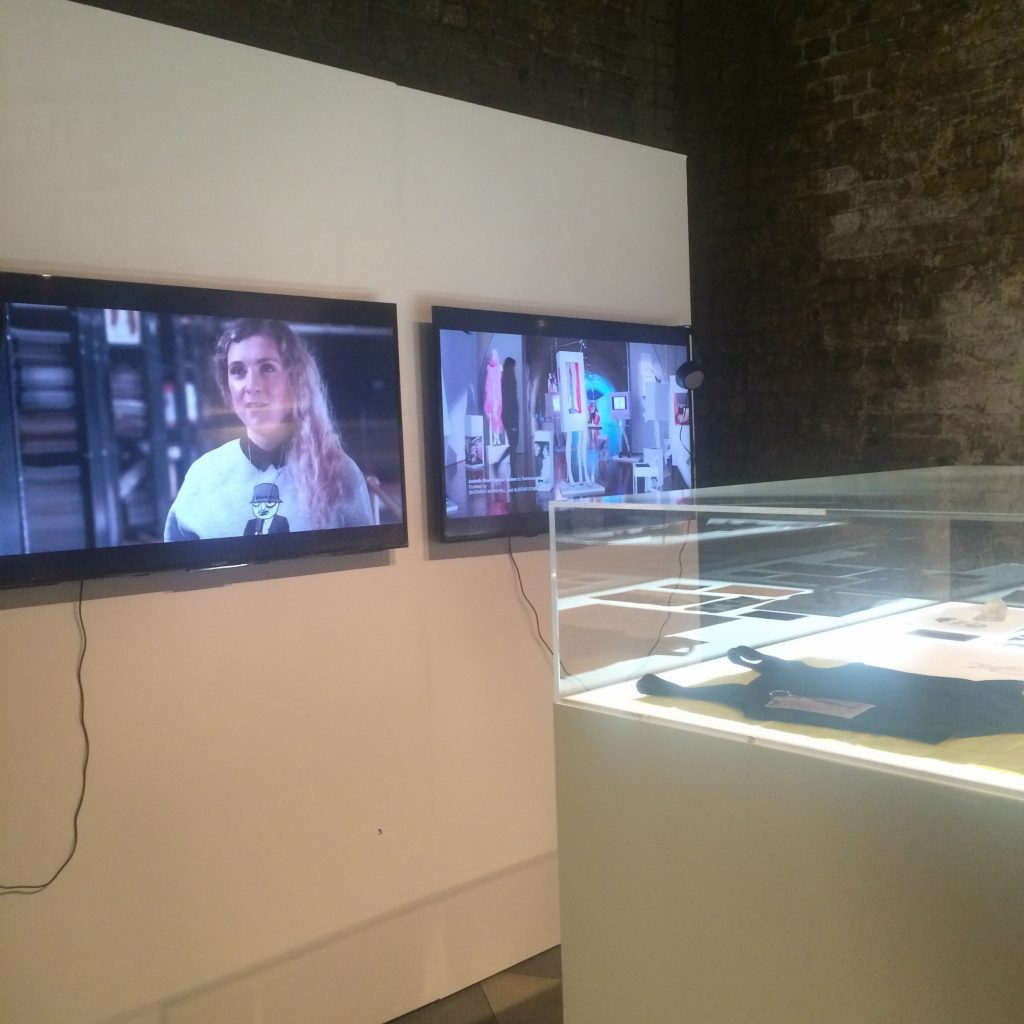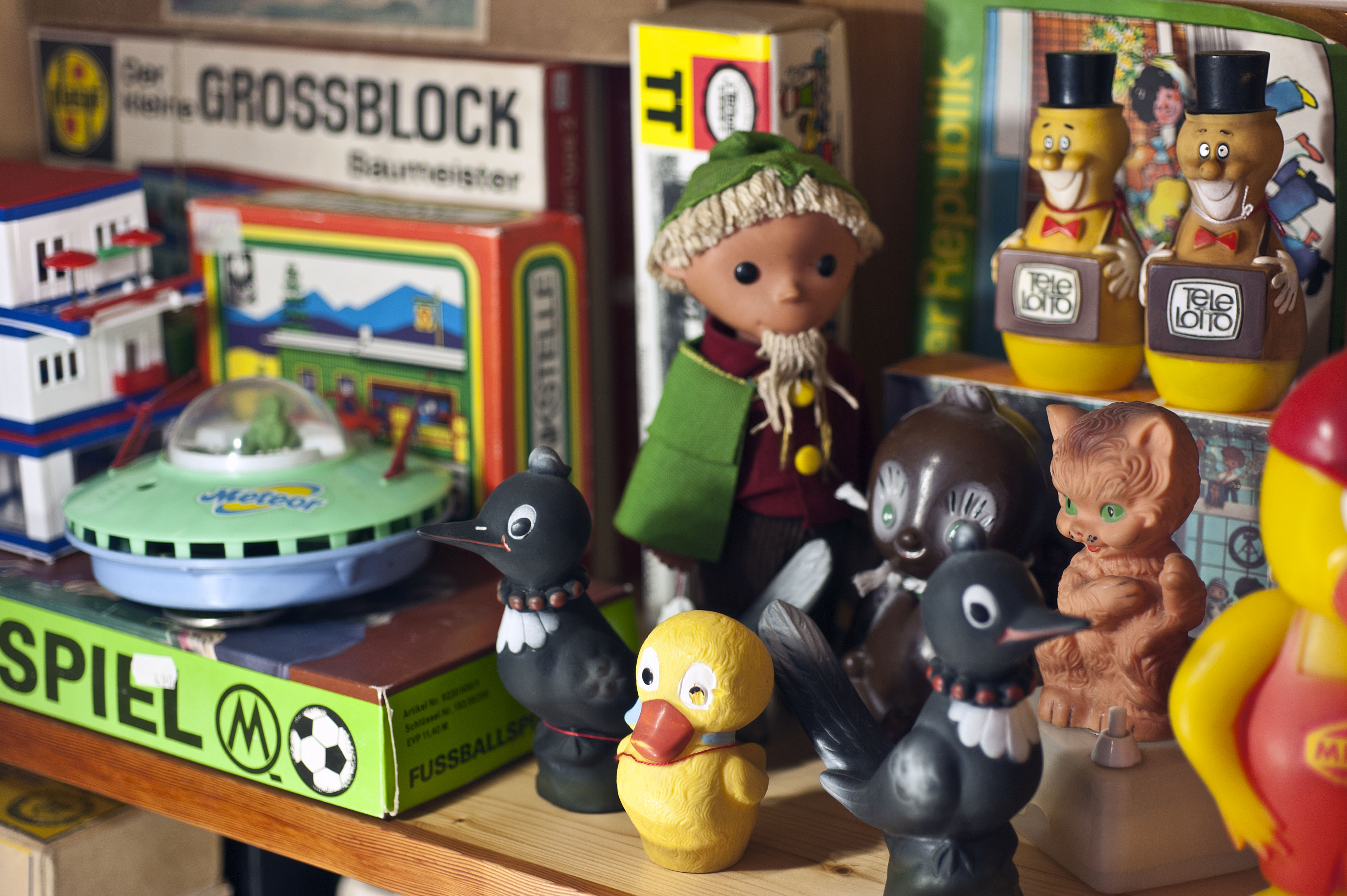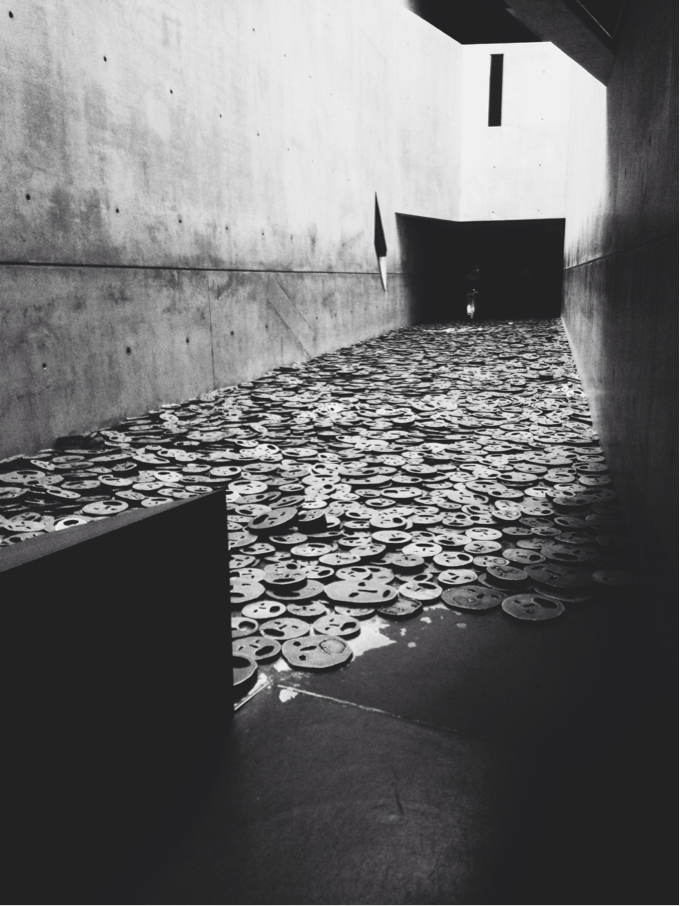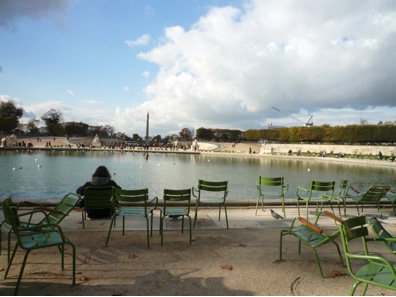Second year student Eleanor Medhurst on visiting Tokyo’s Harajuku district to research street style
Since starting on the Fashion and Dress History course at Brighton in 2016, I’ve done a fair amount of research into street style and subcultures, their fashions and their theories. My primary interest in this topic has always been the clothing from the streets of Harajuku in Tokyo, though I’ve focused on other areas in much of my research. I’ve written about street style and vintage clothing on the streets of Brighton; I’ve looked at subcultural theory by the likes of Stuart Hall and Dick Hebdige in relation to Colin MacInnes’ book Absolute Beginners; I’ve also just finished an essay about cartoon imagery in Harajuku “kawaii.”
This background interest, as well as an overall appreciation for the culture of Harajuku, meant that when I visited Tokyo over the Easter break I had an incredible experience. I had the chance to see the source of so many styles that I have admired and partaken in, and appreciate the culture and the streets from which they grew.
Many people, when visiting Harajuku, believe that it only consists of the main street, Takeshita Dori. These same people, when confronted with the tourist-heavy inauthenticity of the main drag, often leave disappointed. Harajuku street style appears to be a thing of the past, overtaken by the curious lenses of tourist cameras and the entrepreneuring efforts of the Disney store and McDonalds, both of which have locations on Takeshita Dori. However, move away from the crowds and Harajuku is still very much alive.
Wandering the back streets of Harajuku was my favourite part of my entire trip to Japan. Quieter than so many parts of Tokyo, and yet buzzing with energy, I felt comfortable in my own sartorial expression as well as in the appreciation of others’. I remember standing by one of Japan’s many infamous vending machines (shopping bags in one hand, google maps open on my phone in the other) and feeling comfortable in myself in a way that is hard to find in too many places outside of, of course, Brighton. This is a feeling that the young people who spend time in Harajuku have cultivated themselves, with their subcultural communities and the shops that have emerged with them. Much like in subcultural London in the ‘60s and ‘70s, the shops that provide the clothing with which subcultural style builds its outfits are the bread and butter of subcultural fashion communities. Where shops such as Vivienne Westwood’s SEX and Granny Takes a Trip on the King’s Road might have defined the street style shopping landscape in London, in Harajuku and wider Tokyo the scene is ruled by stores that are much cuter in nature. Kawaii giant 6% Doki Doki is a hub for “Decora” style – a fashion that involves as many bright colours, accessories, hair clips and cute motifs as possible. It is the epitome of “J-fashion” in the eyes of many, and climbing up its pink-and-yellow staircase to the shop on the second floor was the sure sign that I was in Harajuku.

Fig 3. Hikapu Dayo in Swankiss, Shibuya 109. @Hikapudayo on Instagram. 5th March 2018. Web. 29th May 2018.
Other prominent shops include shops for the Lolita subculture (a style that takes inspiration from French Rococo fashions and Victorian dolls, and despite the name, is unrelated to Nabokov’s novel): Baby the Stars Shine Bright, Angelic Pretty and Metamorphose. These shops do not allow photography, to avoid the novelty that is often made of the style by tourists. Notably, there’s also the shopping centre just south of Harajuku itself and right next to the famously busy Shibuya Crossing, Shibuya 109. Shibuya 109 is renowned for being home to key influencers in Tokyo subcultures, whether those be the shops within it or the shopgirls that work there. The culture of shopgirls-as-style-icons in J-fashion is also often seen as a thing of the past – and yet, models and kawaii icons such as Hikapu Dayo still work within the building.
Harajuku and surrounding areas in Tokyo still have a strong subcultural presence. This continues even in the face of its commodification by the tourist industry and big-name brands. The backstreets belong to the people who walk them – and as long as the outsiders stick to the main drag of Takeshita Dori, then the culture continues to thrive.
For me, seeing such a specific subcultural location has solidified the subcultural theories that I have researched. It has let them be realised in the reflection of real people and real clothes rather than in histories, photographs, and pages of books. I intend to take this experience with me in my studies – possibly even in my dissertation, which will explore, to an extent, the subversion of the feminine in subcultures such as those mentioned here.
